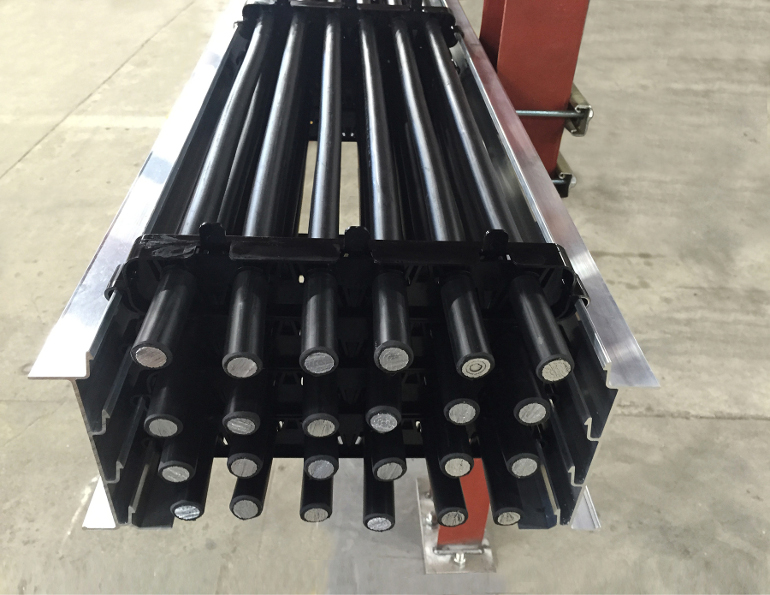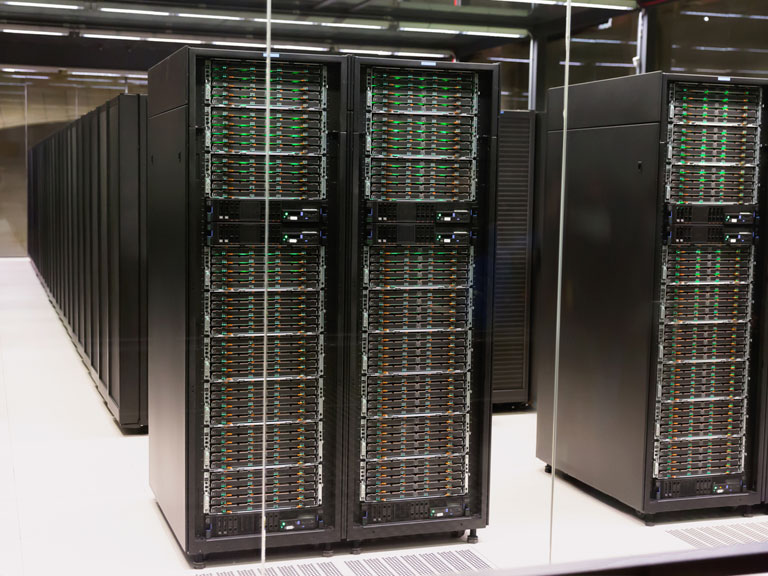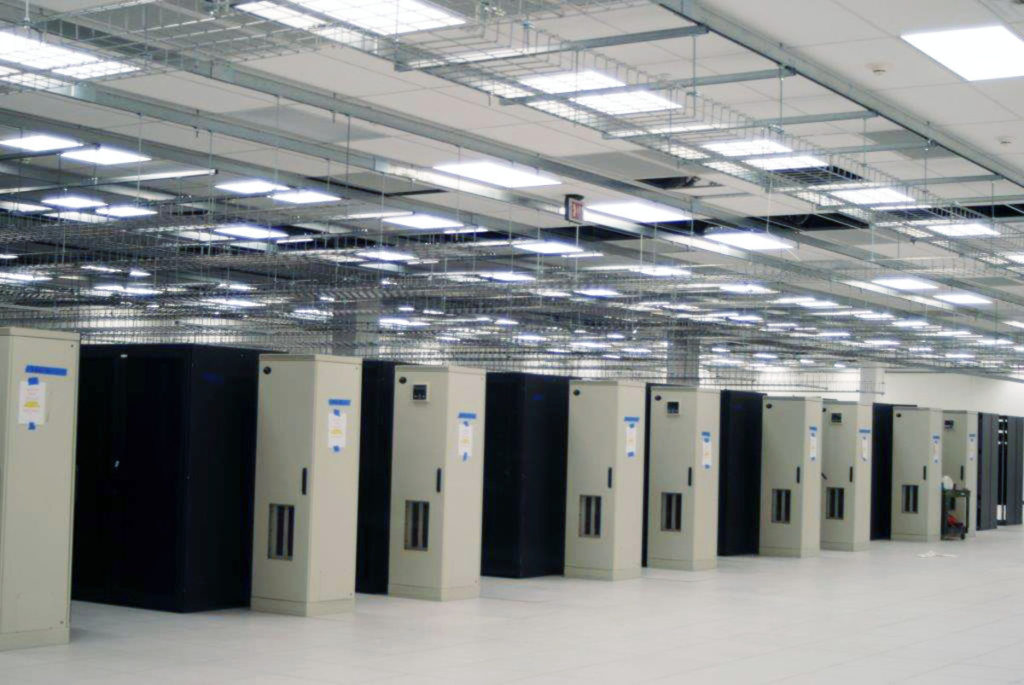Snake Tray’s cable management systems are typically wire basket tray sections that, by design, nest inside each other to pack a lot of product into very little space. This one simple characteristic provides a number of benefits, all while helping builders achieve LEED (Leadership in Energy & Environmental Design) certification by minimizing costs and waste even as they improve building aesthetics by keeping cables organized and out of sight:










